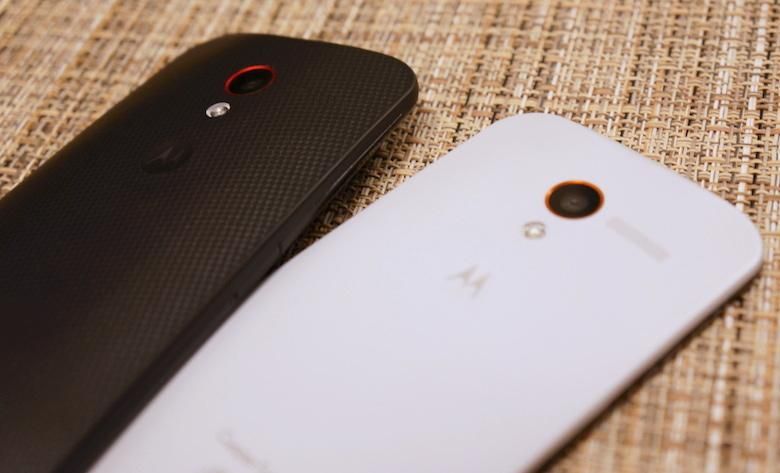Our phones have to be durable, but exactly how that’s accomplished is something that some OEMs are still trying to figure out.
The material for the front of a phone is pretty obvious: some sort of glass or hard plastic, though sapphire is a nice option. The back of the phone seems to be the blank canvas upon which manufacturers feel the need to exert their creative juices. Some choose glass. Others pick metal. A few have gone with exotic materials like kevlar or even wood. Many, however, opt for something much more simple — yet significantly more complex: “plastic”.
The many names of “Plastic”
“Plastic” goes by many names: polycarbonate, polymer, and even kevlar could be thusly categorized. Each name brings with it different benefits and features, but they all have one advantage over any other material: they’re cheaper.
When compared to other materials like glass, metal, or even wood, plastic is lighter, easier to produce, and the raw materials needed to fashion a smartphone’s back are simply less expensive than the other materials. Saving a dozen cents might not seem like a lot to you, but when you multiply that by 40 million units, that’s $4.8 million — give or take a nickel.
A mysterious engineer from Edinburgh, known as Professor Scott, provided the formula for transparent aluminum back in 1986. Or so we’re told.
Major names in the mobile industry back the decision to use plastic in their devices. Nicola Ralston said at Nokia “we chose polycarbonate because of the colour approach we wanted to take — the ingredients that make up polycarbonate allow us to get the best intensity of colour”. Ralston also goes on to say that the material “enables the highest performance relative to the antenna, NFC enablement, (and) wireless charging”. Metal can interfere with wireless signals, and can even block them entirely.
When asked by CNET, YH Lee, Samsung’s Executive Vice President of Mobile Business said “since we are shipping really large (numbers of) units, we always have to think how efficiently we can manage the manufacturability and also durability”.
There’s no arguing the fact that plastic (by whatever name you want to call it) is durable, relatively easy to mass produce, and has certain benefits over aluminum and even glass. But why do some plastics feel and perform better than others?
Not all plastics are created equal
“Plastic” is a generic name given to a broad range of materials. These materials may be made of synthetic or semi-synthetic organic solids, and are typically “organic polymers of high molecular mass”. For the most part, they’re synthetic, and usually derived from petrochemicals. Some plastics, however, are at least partly natural.
Pure plastics aren’t that great. They need other ingredients added to them before they’re all that useful. These ingredients may include stabilizing additives, fire retardants, reinforcing agents, UV-blockers, and even fillers. Some fillers are simply added to make the end-product cheaper by weight.
You know that phone that just feels sort of “chalky”? That might be due to the fact that chalk was added to the mix. Yes, chalk. Other fillers include zinc oxide, wood flour, ivory dust, cellulose, and even starch.
Why… does… my smartphone… feel… so chalky?!
Regardless of how it’s made, what it comes down to it how the plastic looks, feels, and behaves.
Polycarbonates can look really, really nice. They’re a high-end plastic that can take (and keep) color very well. Some OEMs make their polycarbonates super slippery and a magnet for fingerprints and oils. In practice, these slimy plastics get covered up by a case almost immediately. Ironically, that case is made out of plastic, too. Don’t ask why they didn’t make it out of that material in the first place though, okay?
“Samsung, LG, and a few other manufacturers are hellbent on using (questionable) plastic. It makes the phones, which are quite nice, feel cheap.” — Taylor Martin
Other plastics, like that used on the Nexus 5, Galaxy Nexus, and even the Oppo Find 7a simply “feel” better than other phones. Still others, like the LG G Flex’s plastic panel, offer self-healing properties — under the right conditions.
Ultimately, the qualities of your phone’s plastic back are usually decided in a board room or marketing department. If you don’t like it, the best thing you can do is to vote with your dollars and spend your money on a device that has the kind of plastic that you like. If you’re not willing or not able to do that, you’ll just have to stick with a case to overcome your phone’s shortcomings.



